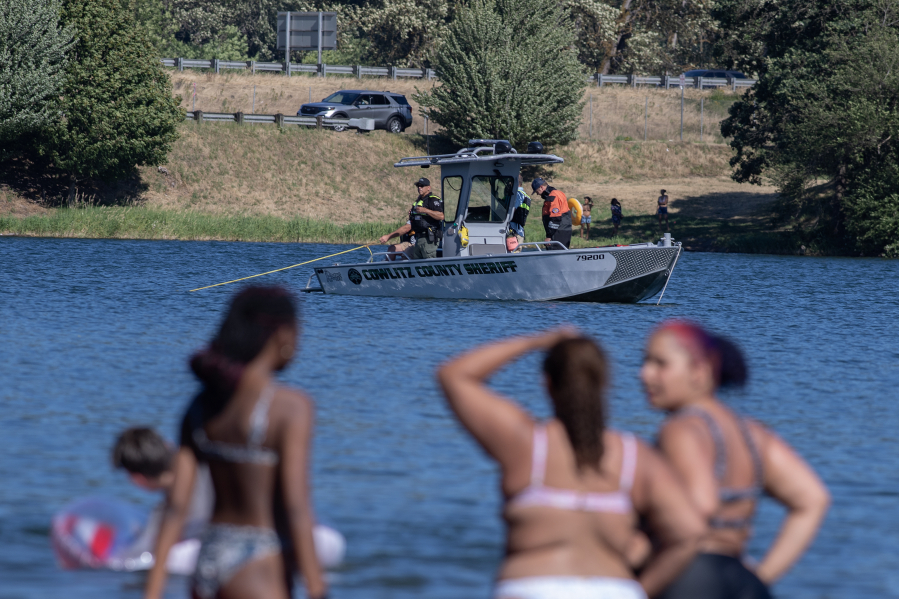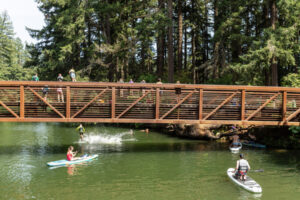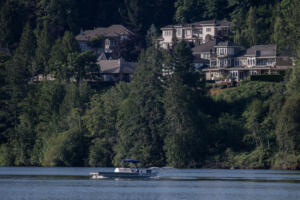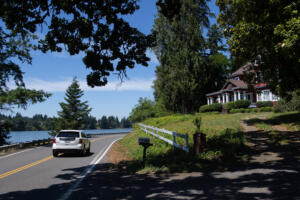In May, a group of people in their 20s were enjoying the early summerlike weather by jumping from the Everett Street footbridge between Lacamas and Round lakes.
When one young man started struggling in the water, his friends tried to help him but had to retreat to the shore or risk drowning themselves. The Camas-Washougal Fire Department reached the scene within a few minutes, but the 24-year-old had already slipped beneath the surface of the water. Officials said he never resurfaced.
That tragic incident was a grim beginning for the season when swimmers and boaters flock to Clark County’s lakes and rivers, which are as dangerous as they are beautiful. Only certain first responders have the advanced training needed to navigate the treacherous water conditions found in every corner of the county — and it takes them precious time to reach those in a crisis.
Members of the county’s joint Technical Rescue Team are trained for more specialized emergencies, including water rescues. They come from the Vancouver Fire Department, Clark County Fire District 6 in the Hazel Dell and Salmon Creek areas, Clark-Cowlitz Fire Rescue in the Ridgefield and La Center areas, and Clark County Fire District 3 in the Battle Ground and Brush Prairie areas.
But the limited number of rescuers can’t be at every popular swimming spot from Pothole Falls in Camas to Frenchman’s Bar Regional Park on Vancouver’s bank of the Columbia River to Moulton Falls near the town of Yacolt.





